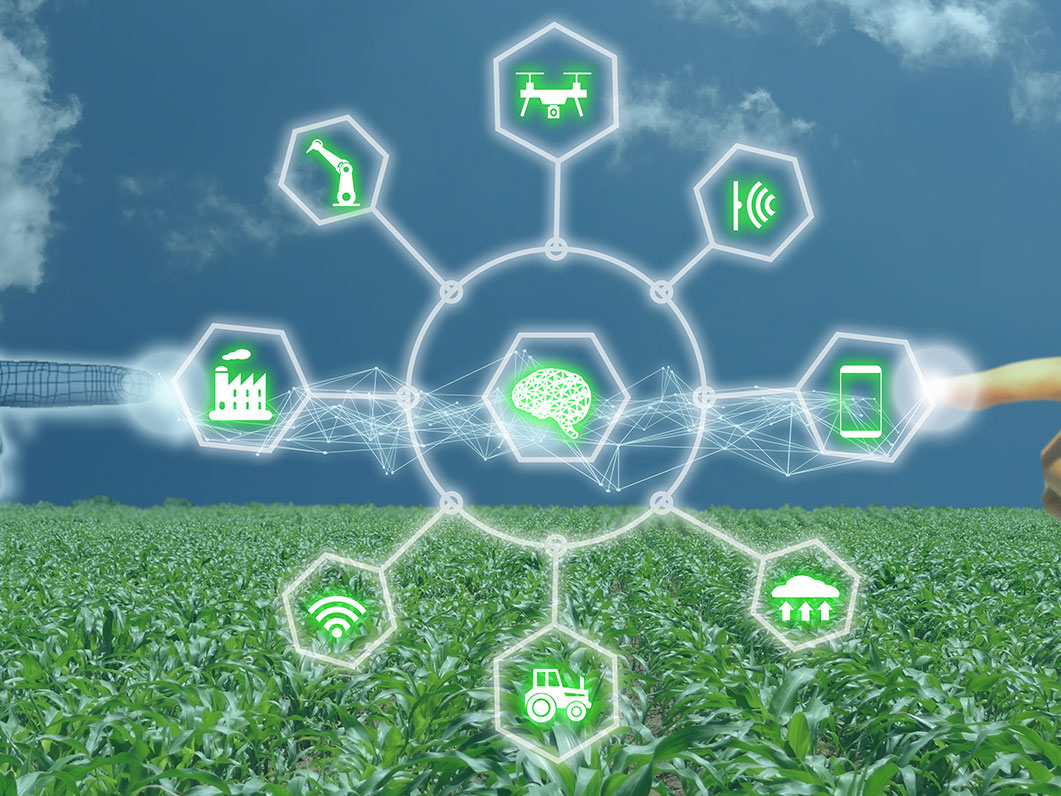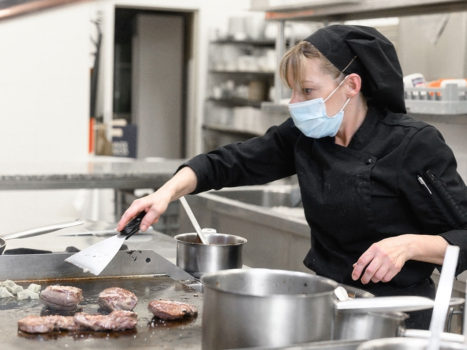According to the USDA release, “NIFA invests in and advances agricultural research, education, and extension across the nation to make transformative discoveries that solve societal challenges… and… supports initiatives that ensure the long-term viability of agriculture and applies an integrated approach to ensure that groundbreaking discoveries in agriculture-related sciences and technologies reach the people who can put them into practice.”
The agency’s total 2020 investment was $1.95 billion, and more information is available at www.nifa.usda.gov; Twitter @USDA_NIFA; and LinkedIn USDA-NIFA. To learn more about NIFA’s impact on agricultural science (searchable by state or keyword), visit http://www.nifa.usda.gov/impacts.
USDA invests $15.5 million for Food and Ag research programs
The U.S. Department of Agriculture’s National Institute of Food and Agriculture, or NIFA, announced on April 5 it has invested more than $15 million in two key programs awarded through its Agriculture and Food Research Initiative (AFRI) Food and Agriculture Cyberinformatics and Tools (FACT).
NIFA awarded 18 Food and Ag Cyberinformatics Tools grants for a total of $10.4 million, which will “initiate research on big data analytics, machine learning, artificial intelligence, and predictive technologies needed to keep U.S. agriculture on the leading edge of food and agricultural production.”
In addition, NIFA invested another $5.1 million for 12 Nanotechnology for Agricultural and Food Systems grants “to support nanotechnology-based solutions that improve food production, nutrition, sustainable agriculture and food safety.”
“Big data and artificial intelligence will increasingly play a vital role in the future of agricultural technologies and innovation,” said NIFA Director Carrie Castille. “As we work to enhance farmer profitability and agricultural sustainability and realize precision nutrition for consumers, these technologies will keep research and development moving at a rapid pace to provide the tools needed for success.”
Among the projects funded from the 18 Food and Ag Cyberinformatics Tools grant is the “Machine-based In-season Crop Mapping and Associated Cloudbased Bigdate Cyberinstrastructure to Support USDA NASS Decision Making,” a study being conducted at George Mason University in Fairfax, VA. Another of the 18 is U.S. Ignite, Inc.’s project, “Platforms for Advanced Wireless: Research Rural Platform,” which “will form a public-private partnership to support creating four at-scale experimental platforms for advancing fundamental wireless research to enable rural broadband to benefit customers in rural communities, and to attract and retain skilled networking jobs in the local community.”
The projects funded through the Nanotechnology for Ag and Food Systems grants deal largely with crop applications, food safety and related topics and include “Biogradable Polymer-Nanoparticle Composites for Controlled Release and Targeted Delivery of Phosphorous During Plant Growth” at the Connecticut Ag Experiment Station in New Haven, “Mapping Off-Target Effects of Pesticide Contamination through Insect Exposure with Infield Graphene-Based Biosensors and Open Microfluidics” at Iowa State University in Ames, “Machine Earning Enabled Detection of Spoilage and Foodborne Pathogens” at the University of Massachusetts in Lowell and “Phage-Based Nanosensors for the Rapid Detection of Salmonella in Ag Matrices” at Cornell University.
The lists of projects can be found at https://cris.nifa.usda.gov/cgi-bin/starfinder/0?path=fastlink1.txt&id=anon&pass=&search=(AN=1025629;1025708;1025608;1025709;1025694;1025866;1025692;1025689;1025693;1025627;1025630;1026048;1025609;1025596;1025810;1025610;1025205;1023420)&format=WEBTITLESGIY and https://cris.nifa.usda.gov/cgi-bin/starfinder/0?path=fastlink1.txt&id=anon&pass=&search=(AN=1025426;1025369;1025029;1025122;1025140;1025299;1025019;1025638;1025134;1025131;1024986;1025144)&format=WEBTITLESGIY.
According to the USDA release, “NIFA invests in and advances agricultural research, education, and extension across the nation to make transformative discoveries that solve societal challenges… and… supports initiatives that ensure the long-term viability of agriculture and applies an integrated approach to ensure that groundbreaking discoveries in agriculture-related sciences and technologies reach the people who can put them into practice.”
The agency’s total 2020 investment was $1.95 billion, and more information is available at www.nifa.usda.gov; Twitter @USDA_NIFA; and LinkedIn USDA-NIFA. To learn more about NIFA’s impact on agricultural science (searchable by state or keyword), visit http://www.nifa.usda.gov/impacts.
According to the USDA release, “NIFA invests in and advances agricultural research, education, and extension across the nation to make transformative discoveries that solve societal challenges… and… supports initiatives that ensure the long-term viability of agriculture and applies an integrated approach to ensure that groundbreaking discoveries in agriculture-related sciences and technologies reach the people who can put them into practice.”
The agency’s total 2020 investment was $1.95 billion, and more information is available at www.nifa.usda.gov; Twitter @USDA_NIFA; and LinkedIn USDA-NIFA. To learn more about NIFA’s impact on agricultural science (searchable by state or keyword), visit http://www.nifa.usda.gov/impacts.



